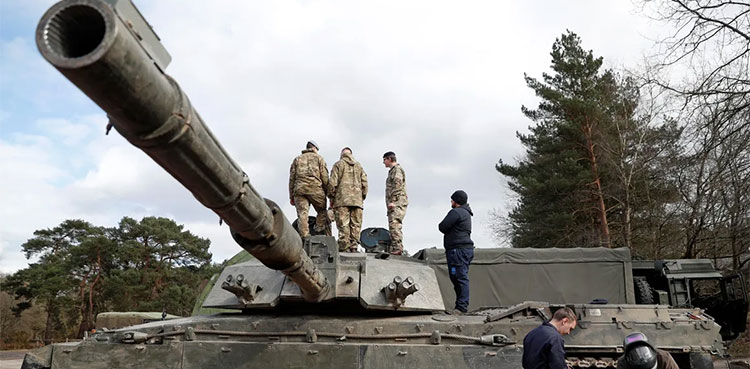
When Russia invaded Ukraine, it appeared that vanquishing the prey was a child’s play for the awesome Russian military machine. Though Russia is not rated a super-power anymore as it lost this status after the fall of its make-belief behemoth Soviet Union in 1992 yet it is still counted one of the most militarily strong states. It had retained the military legacy of the former Soviet Union that was massive by any standard and was globally acknowledged. By virtue of its patronage of the Soviet Union, Russia also maintained huge influence not only globally but most crucially the region. Though it lost most of its territory in Europe, but the massive Russian territorial area ensured its position as a leading power.
It was quite obvious that the Russian psyche yearned for its former grandeur, and it was after the exploitation of its huge oil and gas resources that its autocratic leadership bent upon restoring its former glory.
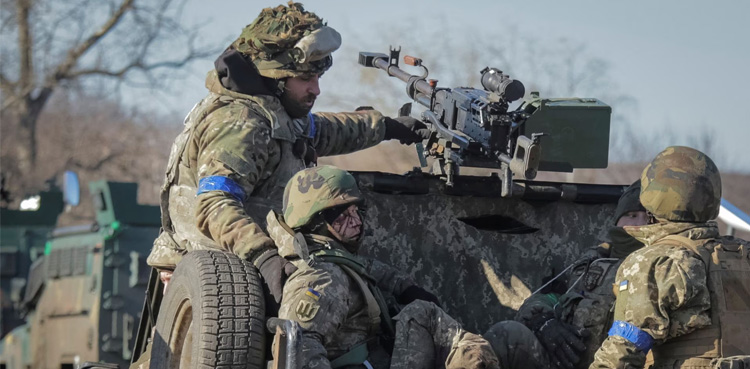
The first attempt in this direction was the forcible annexation of Crimea that was considered as the essential ingredient of Russian imperial glory as it was the traditional holiday of legendary Czars for centuries.
It was mentioned since many years that Russia was eyeing Ukraine that it considered an integral part of its zone of influence and had created dissent in many of its areas that professed joining Russia. Keeping in view the complexity of international situation it was pointed out that Russia would not attempt a military campaign against Ukraine but all assessments prove incorrect as xenophobic Russian president Putin found it expedient to bring on an armed conflict to shore up his sagging popularity in the country after two decades of Putin’s acrobatic yet autocratic rule.
Just hours after Vladimir Putin ordered the Russian invasion of Ukraine, media outlets were quoting experts who said Kyiv would fall within three days but that never happened.
Ukraine survived and it was in large part thanks to Western weapons. Putin seriously underestimated the anger and frustration of NATO countries over the Russian aggression and they soon start arming Ukraine along with sanctioning Russia and putting stumbling blocks in its way.
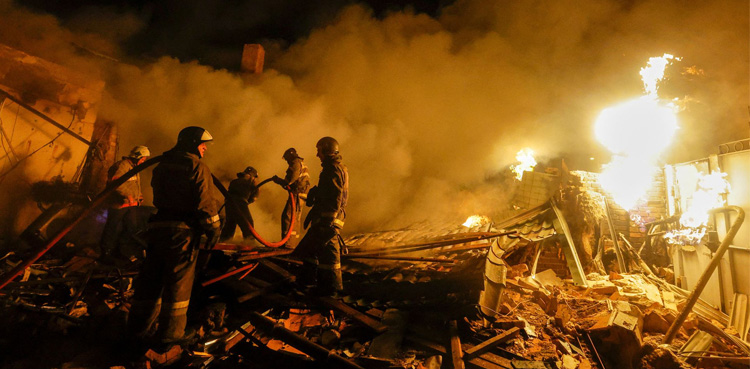
The situation drastically changed as it only took observers a few days to realise that Ukrainian stockpiles of Western-made weapons were making a real difference in slowing down Russia and there was one piece of technology that played a big role in the early war.
From the outset of the war, it was clear that shoulder-fired anti-tank and anti-air weapons like the American-made FGM148 Javelin and the FIM-192 Stinger systems were going to be crucial for halting Russia’s early advances throughout Ukraine.
Less than a week after the war began, the United States and its allies had sent over 17,000 anti-tank weapons to Ukraine in an attempt to arm the country’s soldiers against the onslaught of armour pouring across the border.
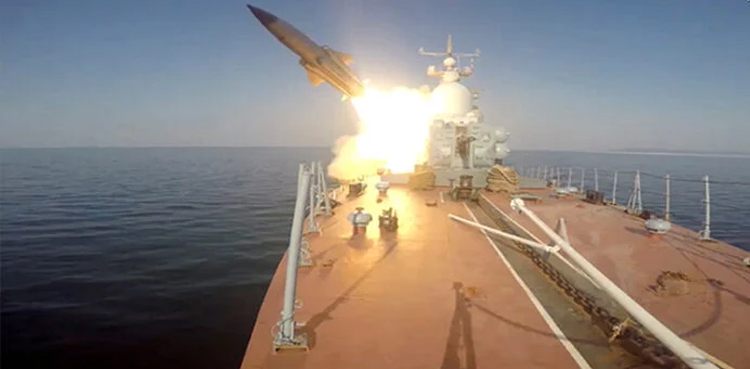
Western anti-tank weapons were used to great effect in the early days of the war when Ukraine was relying on a small professional group of soldiers and their territorial defence forces to throw back a more experienced and better-equipped enemy. Military experts mentioned that the Javelin, very specifically that system’s advanced capabilities, have been vital to Ukrainian military survival and ability to hold ground and it proved its lethality just few weeks into the war.
The range of weaponry put at the disposal of Ukraine by NATO alliance was phenomenal and it soon started to make crucial difference enabling the underdog Ukraine into a strong opponent. In this context Javelins were used in the early war as part of the Ukrainian Armed Forces’ hit-and-run ambush tactics that played the key role in preventing Russian forces from capturing Kiyv, giving the Ukrainians a fighting chance.
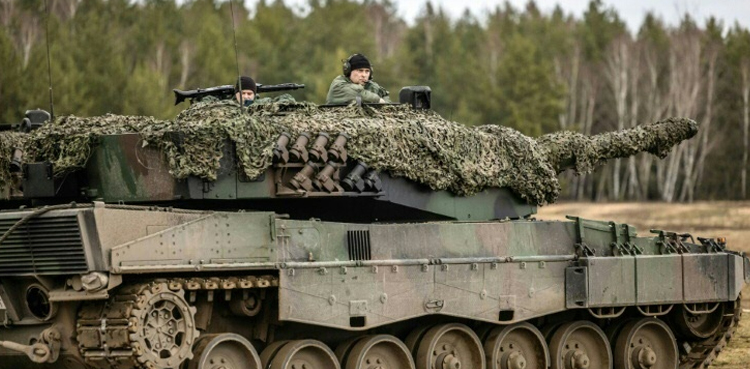
Man-portable air-defence systems, often abbreviated as MANPADS, also played a critical role in the early war, downing Russian aircraft that bypassed a Ukrainian air defence network that had been crippled by Moscow’s early missile barrages. These shoulder-fired missiles, typified by the American Stinger, are only effective against low-flying aircraft and at a range of a few kilometres but they have scored a number of kills and severely impeded Russian air operations. It was observed that through the first six months of the conflict, this type of weaponry made it impossible for Russia to gain air superiority, depriving the Kremlin of achieving a number of battlefield goals.
As Ukraine proved its ability to fight, the country’s Western allies got comfortable with sending more advanced weaponry including Air defence and rocket artillery systems. Soon missile systems like the Norwegian Advanced Surface-to-Air Missile System and the American M142 High Mobility Rocket Artillery System (HIMARS) were being shipped to Ukraine, the latter of which changed the war.
The Ukrainian army used the multiple rocket launcher to fire long-range missiles at key enemy positions, helping to reduce Russia’s numerical advantage in artillery fire, and buying time to plan its shock counter-offensive in the northeast.
HIMARS were used to knock out the Antonovka Bridge in Kherson, eventually allowing Ukraine to win a positional battle against the undersupplied Russian troops defending the territory they had taken north of the Dnieper River.
It was reported that HIMARS strikes were effective because they allowed the Ukrainian military to hit Russian supply and ammunition depots, something one of the experts point out constituted key to Ukraine’s successful counterattack.
This aggressive initiative proved extremely frustrating for the Russian forces that had to take extra efforts to arrange for security for their logistical and weaponry supplies. It was widely acknowledged that Ukraine would not have succeeded without HIMARS and it would not have been possible to liberate Kherson, a feat that hugely raised the morale of the Ukrainian forces.
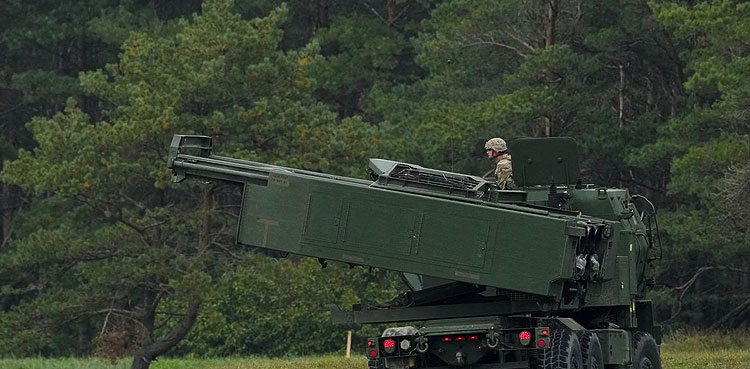
As Ukraine moved closer toward its next big counter-offensive, military experts watched and waited to see how the next round of advanced military equipment would be used in the battles to come. Challenger 2 and Leopard tanks arrived in Ukraine and images showed American-made Stryker and Bradley Fighting Vehicles made their appearances that are expected to be the vital difference between Ukrainian and Russian forces.
Only time would tell if these new weapons would change the war in similar ways to the previous Western weapons sent to Ukraine but it seems Western tanks have made an outsized difference in Ukraine’s long-awaited counter-offensive.
More than 13 weeks into the counter-offensive, Leopard 2 tanks are turning out to be surprisingly resilient on the battlefield and Ukraine has only lost 5 of their 71 of their Leopard 2 models in their push to take back the occupied territories.
NATO tactics along with Western-supplied weapons have helped Ukraine battle through the heavy Russian minefields on the frontlines and breach the first line of defence along the road to Melitopol, the key to removing Russia from the southern portion of the nation.
Again, only time will tell if Western vehicles and training will make a difference at this stage of the war but it seems clear Ukraine would not have been able to mount such an intense counterattack if it had not been for the tanks, minesweepers, and infantry fighting vehicles supplied by the West.
from International News Today - Breaking News, US News, World News https://ift.tt/XkdINJW
via IFTTT